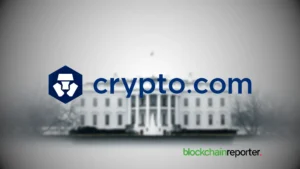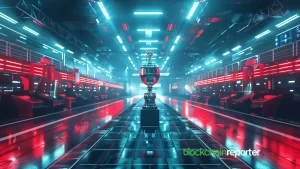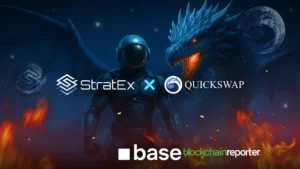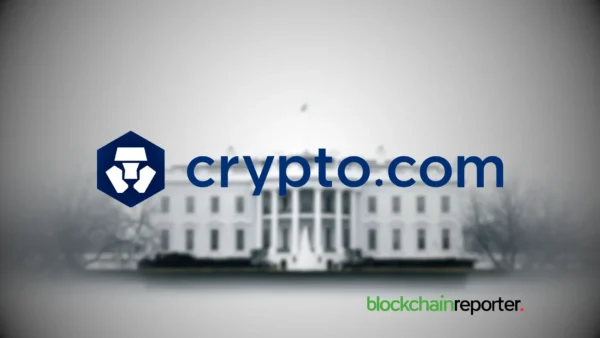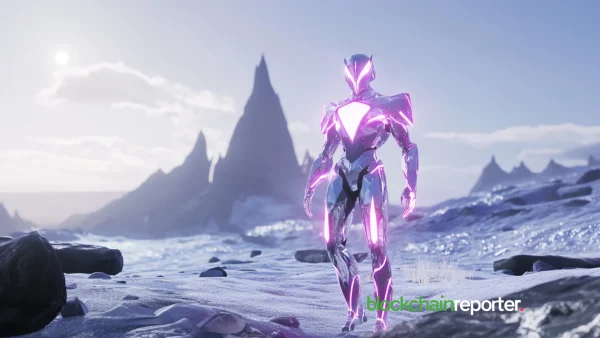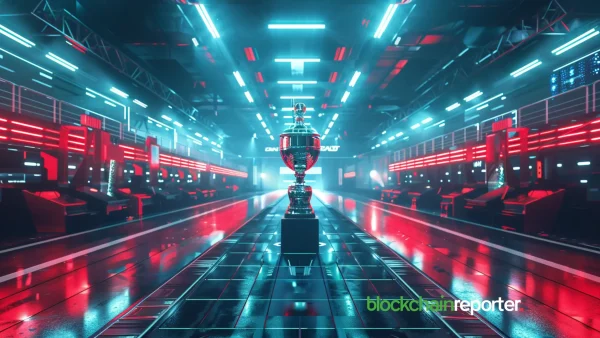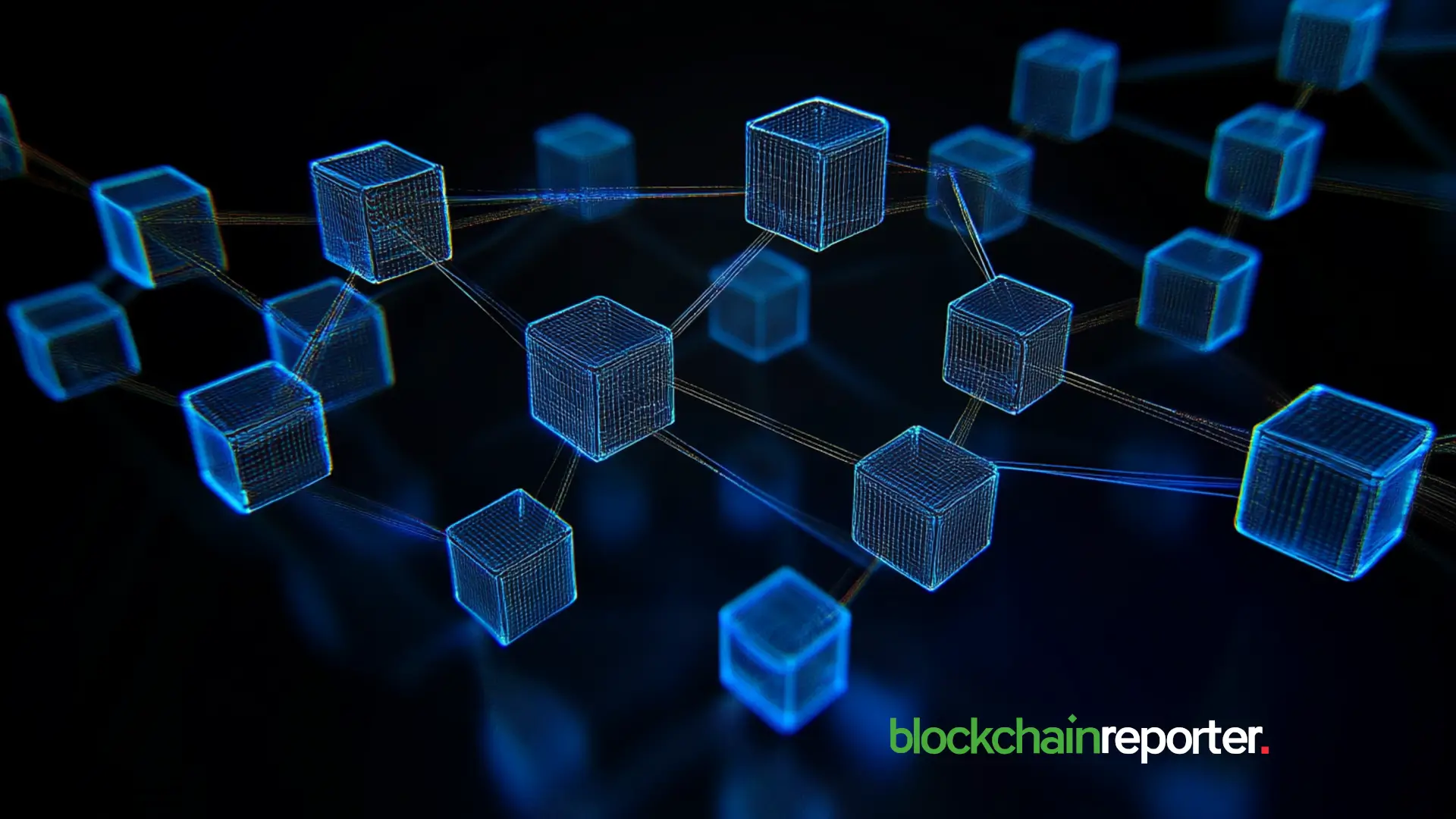
Blazpay, an advanced decentralized finance (DeFi) infrastructure provider, has partnered with OnlyLayer, a next-gen L2 solution that utilizes dual rollups to increase Ethereum scalability. The key objective of the collaboration is to provide a high-speed and seamless DeFi experience with ultra-efficient infrastructure to bolster interactive quests, user rewards, and token swaps. The platform took to its official X account to share the details of this development.
Blazpay and OnlyLayer Collaborate to Advance L2 UX and Scalability on Ethereum
The partnership between Blazpay and OnlyLayer denotes a major advancement for scalability and user experience (UX) in the Ethereum ecosystem. This endeavor leverages Blazpay’s comprehensive expertise concerning DeFi payments as well as reward mechanics. Additionally, it also utilizes the dual-rollup technology of OnlyLayer. Hence, this remarkable merger sets the stage for an exclusive epoch of rapid transfers, minimized gas charges, and enhanced crypto accessibility.
OnlyLayer has reportedly been gaining significant momentum based on its dual rollup architecture. This technology integrates zero-knowledge and optimistic rollups to offer unparalleled throughput and flexibility. In addition to this, the respective hybrid approach lets Ethereum dApps efficiently process more transfers per second while experiencing no compromise on decentralization or security. Simultaneously, Blazpay’s direct integration allows users to enjoy almost real-time swaps, reward mechanisms, and gamified DeFi quests.
Driving Low-Cost and Seamless Payment Flows to Redefine Ethereum L2 Sector
Apart from that, the collaboration also offers new opportunities for more integrations beyond just simple swaps. These new developments may include NFT-led incentives, loyalty programs, and reward campaigns. Additionally, the OnlyLayer developers will also be able to access the robust toolkit of Blazpay to build unique DeFi products backed by low-cost reward mechanisms and smooth payment flows.
Overall, amid the growing competitiveness in the Ethereum L2 ecosystem, this mutual endeavor underscores the significance of collaboration between DeFi innovators and infrastructure providers for next-gen developments.
